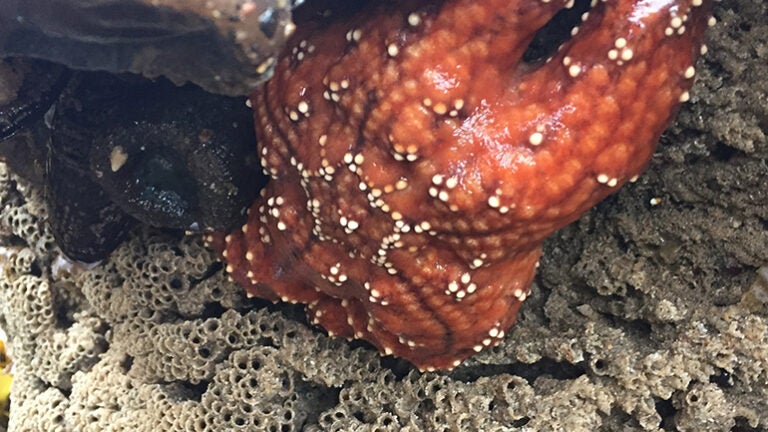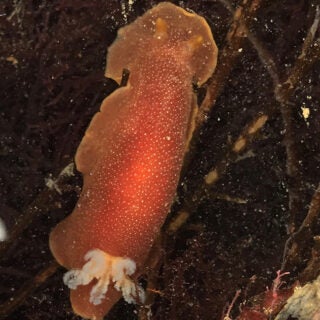
CA Coast Snapshot 2018
Extremely low tides and great weather made spending the early mornings along our Los Angeles County coastline a real treat as we explored the biodiversity of the intertidal zone. This year many different groups held a series of bioblitzes up and down the California Coast, focusing on intertidal zones (tide pools) in marine protected areas (MPAs). This effort was part of Snapshot Cal Coast – a statewide endeavor June 13-20 to photo-document as many plants and animals as we can find, essentially creating a snapshot in time of where species are located along our coast.
 Saturday, June 16, 6:30 AM – We met at Nicholas Canyon Beach with leadership and educators from Wishtoyo Chumash Foundation who know the coast well. We were amazed at the size and abundance of mussels as well as a number of sea stars that we found. It was a chance for participants to slow down for a few hours and many were surprised to see so much life along the shoreline. Later, we joined LA Waterkeeper, one of our LA MPA Collaborative partners, who leads a shoreline profile project looking both at freshwater and terrestrial inputs into the Pt. Dume Marine Protected Area. We recorded freshwater sources entering the beach, and a wide variety of algae and invertebrates from the sandy and rocky shore.
Saturday, June 16, 6:30 AM – We met at Nicholas Canyon Beach with leadership and educators from Wishtoyo Chumash Foundation who know the coast well. We were amazed at the size and abundance of mussels as well as a number of sea stars that we found. It was a chance for participants to slow down for a few hours and many were surprised to see so much life along the shoreline. Later, we joined LA Waterkeeper, one of our LA MPA Collaborative partners, who leads a shoreline profile project looking both at freshwater and terrestrial inputs into the Pt. Dume Marine Protected Area. We recorded freshwater sources entering the beach, and a wide variety of algae and invertebrates from the sandy and rocky shore.
Sunday, June 17, 6:30 AM – We met up with the LA Natural History Museum DISCO program, which provided a great opportunity to explore the Pt. Fermin intertidal zone. Tiny shrimp, Nudibranchs, and a tremendous diversity of algae made every spot an occasion for exciting discovery. A great blue heron joined the effort (likely not waiting for bagels but selecting breakfast options that abundantly covered the shore).
Monday, June 18, 6:45 AM – For the third year, we partnered with Aquarium of the Pacific and Terranea Resort to orchestrate a bioblitz at Pelican Cove in the Point Vicente Marine Protected area. The group arrived with smiles and we began the walk down ready to start exploring as pelicans flew by overhead. The extreme low tides afforded us the choice of staying in one place to record an abundance of marine life or walking along the whole stretch of beach. After two hours we had recorded 664 observations and at least 75 species (see them in iNaturalist)! It was hard to leave but we trekked back up the hill (that had somehow grown steeper) to share our findings.
It was heartening to find sea stars at each site as well as a variety of anemones, crabs and mollusks. Clearly, we’ve hit a great time to observe both black and brown sea hares and their abundance of eggs. The algae provided a great opportunity to examine habitat and all of the life found within. Over 61 participants joined the LA County MPA collaborative snapshot efforts in addition to those the LA Natural History Museum recruited. Many participants discovered iNaturalist for the first time and look forward to trying it in other places. It brings a smile to the organizer’s faces to hear repeatedly, “when can we do this again?” at the end of each event.








